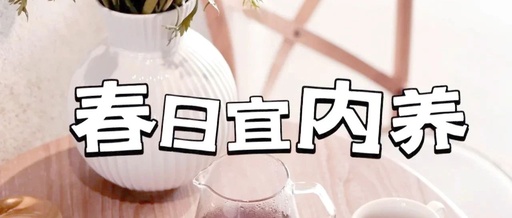 Click the blue text to follow us
Click the blue text to follow us
Recently, as the weather warms up, I want to share my insights on the “Three Treasures of Spring,” which I call the “Three Pass Treasures”—promoting digestion, protecting the eyes, and eliminating damp heat.
These vegetables are truly the “gems” of spring! If you prepare all three and steam them, the flavor is simply exquisite!
But first, let’s talk about selecting the vegetables.When buying tong hao (Crown Daisy), choose those with fresh, tender leaves and crisp stems that make a “snap” sound when pinched, that’s how you know they are fresh.
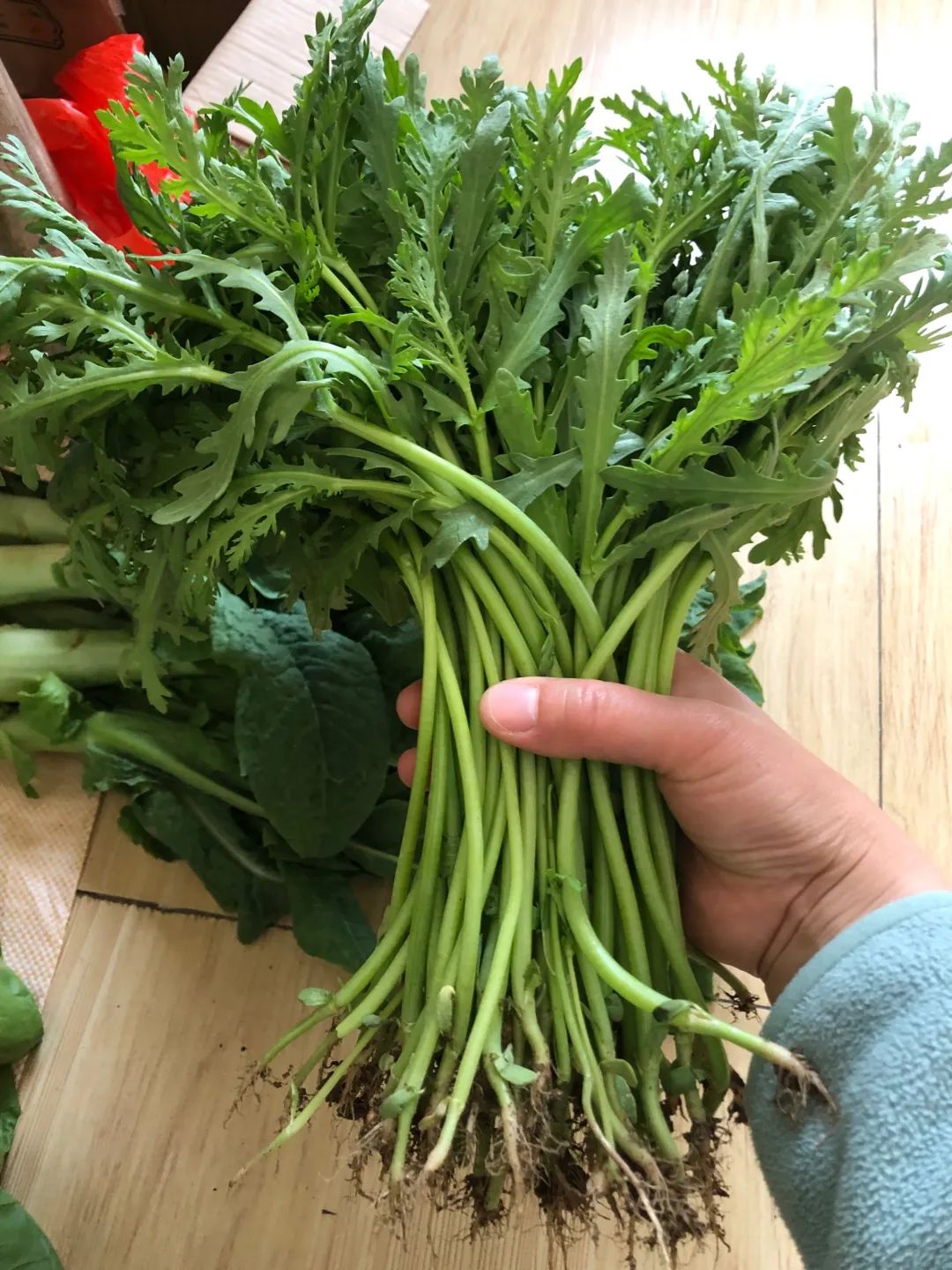
Tong Hao: The “Janitor” of the Intestines
This tong hao is what I call the “janitor” of the intestines in spring.It is rich in dietary fiber and natural volatile oils, which can promote intestinal peristalsis and is particularly effective against constipation caused by excessive dampness in spring. I remember my cousin, who usually eats a lot of greasy food, always has gastrointestinal issues in spring, so he needs to eat more tong hao.
When preparing tong hao, I generally prefer to stir-fry or make soup. Timing is crucial when stir-frying; if not done right, it can wilt quickly.
But today, we won’t stir-fry; we will steam!To steam tong hao, just cut it into small sections, sprinkle some salt and ginger shreds, and steam for about 3 minutes. After steaming, drizzle some sesame oil, and it’s incredibly fresh.
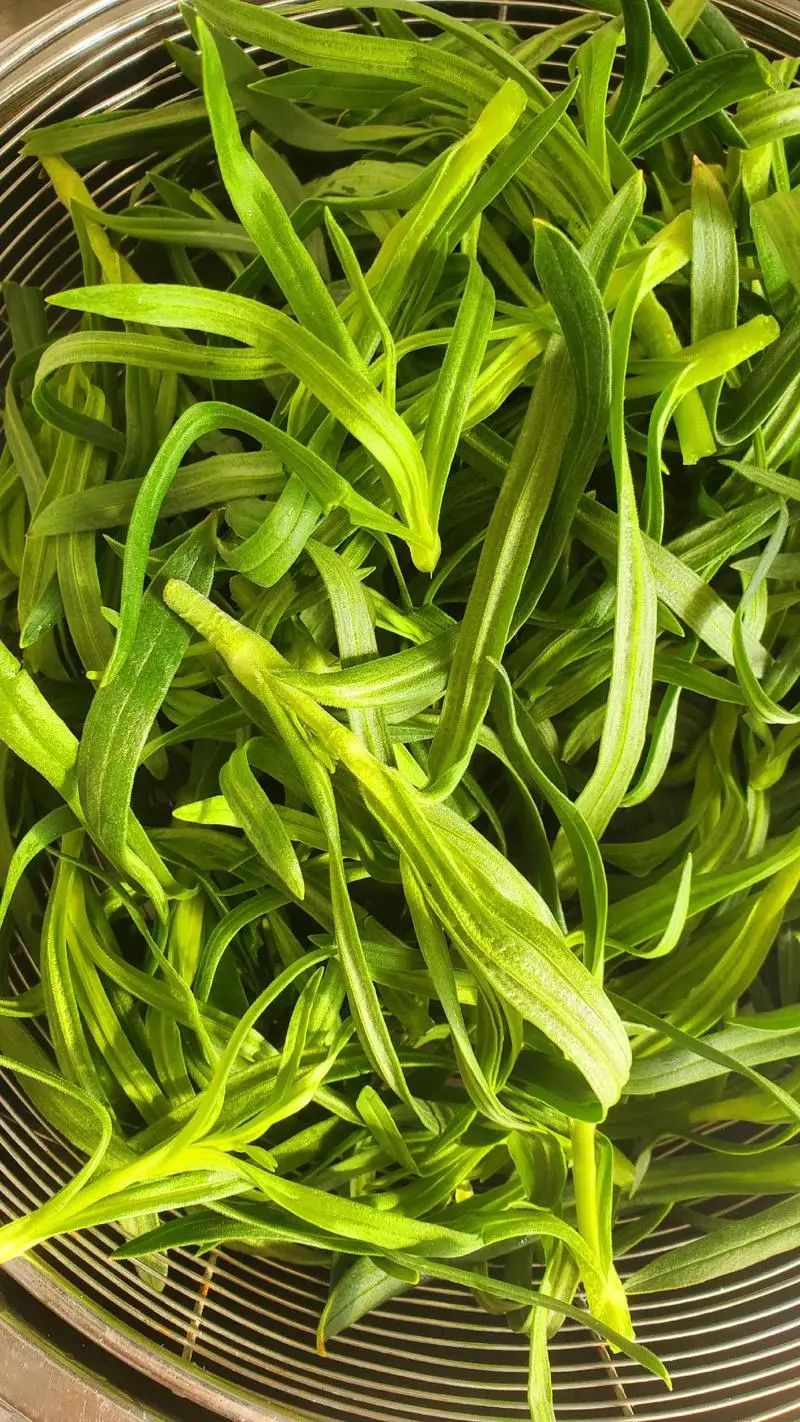
Miantiao Cai: The “Guardian” of the Eyes
Next, let’s talk about miantiao cai (Noodle Vegetable), which looks like thin noodles, hence its name.It is rich in carotene and vitamin A, which are particularly effective in alleviating dryness and fatigue of the eyes in spring.
When handling miantiao cai, it has a unique aroma, and if you wash it too much, you might wash away its essence. I later learned thatyou only need to soak miantiao cai in clean water for 10 minutes and then gently rinse it 3 times to retain its aroma and nutrients.
Today, I will teach you how to steam miantiao cai, which is my “secret skill”:
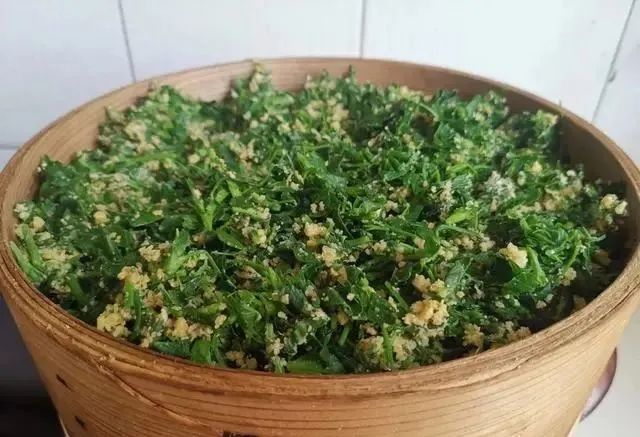
-
Wash the miantiao cai: Remove the old roots, soak in clean water for 10 minutes, rinse 3 times, and drain.
-
Coat with flour for flavor: Prepare 50 grams of flour and 20 grams of cornmeal (this is a tip I learned from a friend in the north, which adds a fluffy texture). Place the vegetables in a large bowl, sprinkle the flour and cornmeal in batches, and gently mix.
-
Steam: Line the steamer with cloth, spread the vegetables loosely, and steam on high heat for 5 minutes once the water is boiling.
-
Prepare the dipping sauce: In a mortar, add 5 cloves of garlic and a pinch of salt, mash into garlic paste, then add 2 tablespoons of soy sauce, 1 tablespoon of vinegar, half a tablespoon of sesame oil, and a little chili oil, and mix well.
-
Serve and enjoy: Open the lid immediately after steaming, quickly fluff it up, and drizzle with garlic sauce or dip it.
By the way, I forgot to mention, if you don’t have a steamer at home, you can use a microwave. Just set it to medium-high power, and it should take about a minute.
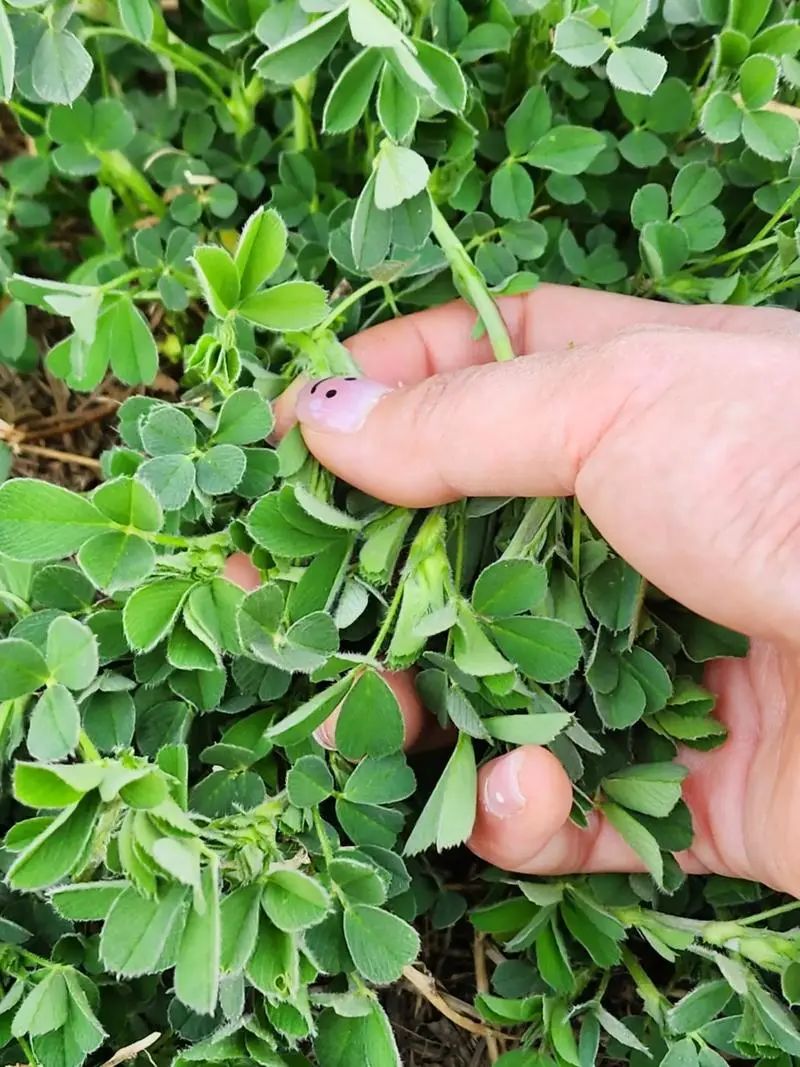
Mu Cai: The “Nemesis” of Damp Heat
Finally, let’s talk about mu cai (Alfalfa), which is also known as grass head or golden flower vegetable in my area. This vegetable is my “savior”.Every spring, I tend to get a bit of heat, with blisters at the corners of my mouth, and no amount of water helps. I later discovered that eating more mu cai resolves this issue. It is cool in nature and sweet in flavor, clearing heat and detoxifying, particularly effective against the bitter mouth and acne caused by damp heat in spring.
There are many ways to prepare mu cai. However, it has a slight bitterness, and if you stir-fry it directly without blanching, the taste can be odd. Therefore,it is best to blanch mu cai first to remove the excess bitterness, and then stir-fry or steam it.

To steam mu cai, you can add some ginger shreds and minced garlic for flavor, and steam for about 5 minutes. After steaming, sprinkle some chopped green onions and drizzle with sesame oil and soy sauce, and it’s incredibly fragrant!
After all this, let’s summarize:These three vegetables in spring—tong hao promotes digestion, miantiao cai protects the eyes, and mu cai eliminates damp heat—are nutritious and easy to prepare by steaming. Pair them with some tofu and whole grains, and it’s simply a “family bucket” for spring health!
Also, while these vegetables are great, don’t eat too much at once. Especially mu cai, which is cool in nature, should be eaten in moderation by those with weak stomachs. Additionally, try to consume tong hao on the same day it is bought, as it loses its freshness overnight.

